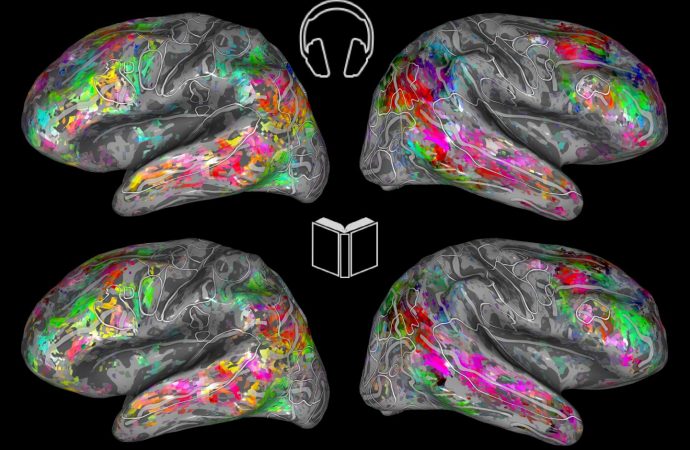The brain processes words in a similar manner, whether you are reading a book or listening to an audiobook. Researchers from the University of California, Berkeley, drew an interactive map of the human brain that shows which regions are activated in response to a story.
The participants of the study were asked to listen to stories from the podcast series “The Moth Radio Hour”. Then, the participants read the same story in paper, while their brains were scanned through MRI. When the investigators grouped the words by category and compared the reading versus listening activity data, they found that the brain maps of the participants were functionally similar.
Clinical Applications
The results of the study, published yesterday in The Journal of Neuroscience, have potential clinical applications in the treatment of dyslexia and auditory processing disorders, say the study investigators. The interactive maps, scheduled to go online by the end of this month, can also be used to compare different language processing strategies in healthy people and in people who have had severe brain injuries.
Fatma Deniz, the study lead author, was surprised by the results: “We knew that a few brain regions were activated similarly when you hear a word and read the same word, but I was not expecting such strong similarities in the meaning representation across a large network of brain regions in both these sensory modalities”.
References: Deniz, Fatma, et al. “The Representation of Semantic Information across Human Cerebral Cortex during Listening versus Reading Is Invariant to Stimulus Modality.” The Journal of Neuroscience, 2019, pp. 0675–19., doi:10.1523/jneurosci.0675-19.2019.
Image Credit: Fatma Deniz





